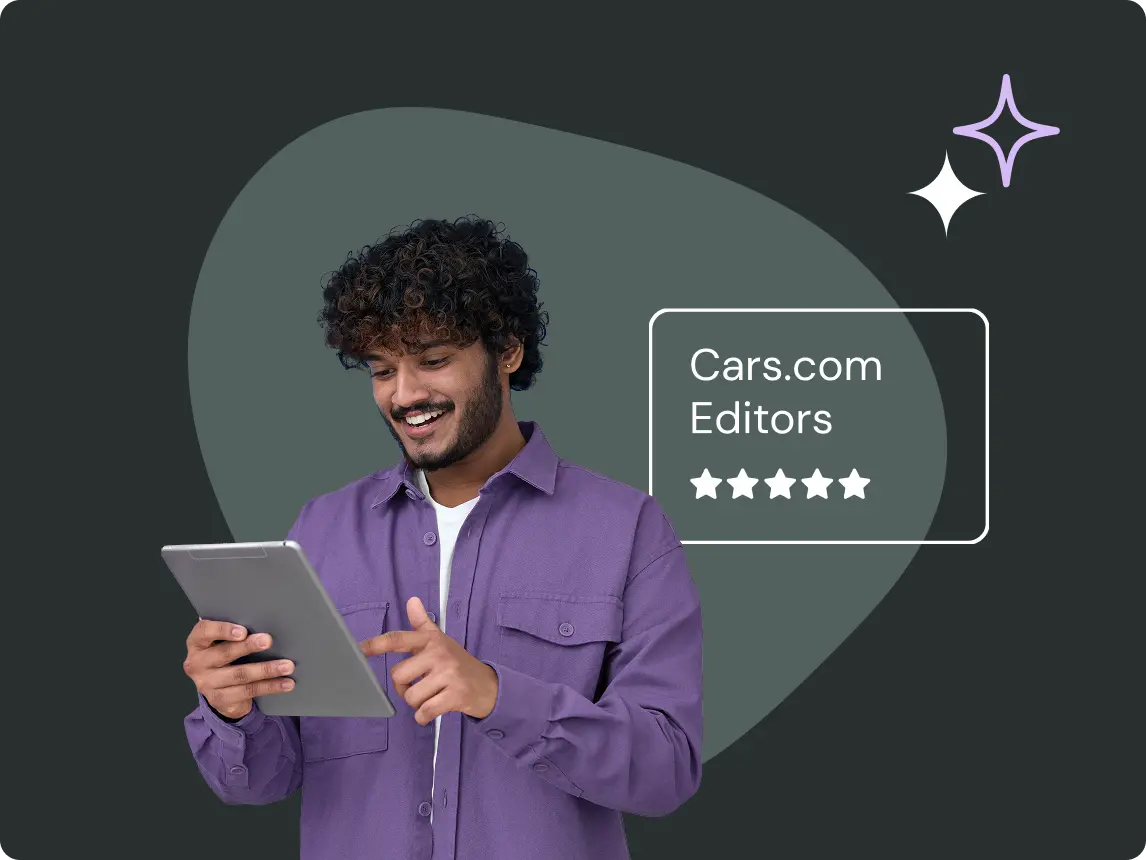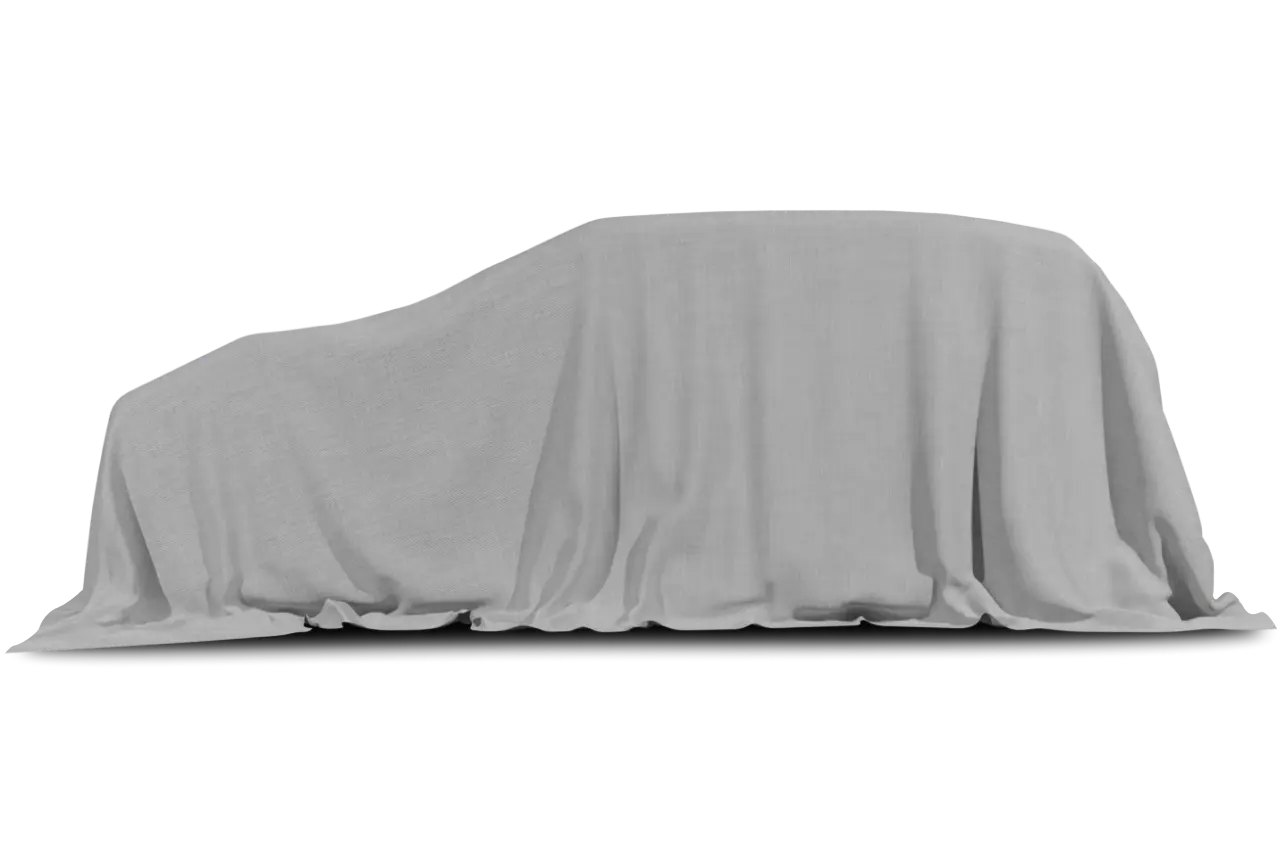
BMW’s compact crossover, the X3, got a makeover for 2007, giving it a new engine and transmission, more-refined interior and a “freshened” exterior, the German luxury automaker says.
But the biggest news about the X3 just might be that production of the vehicle is expected to shift to BMW’s South Carolina plant from Austria, probably in 2010. BMW announced recently that it would expand production capacity of its Greer, S.C., plant to 200,000 vehicles a year, up from the present 140,000.
And while the automaker has yet to say that the X3 will be added to the plant’s product list, the industry weekly Automotive News reported this past week that production would be moved from the Magna Steyr plant in Graz, Austria. Magna Steyr, an independent contractor, has been assembling the X3 for BMW since the vehicle was introduced for model year 2003.
Several European automakers are looking to move more of their production to the United States as a hedge against the falling value of the dollar against the euro.
In its story, Automotive News said that BMW posted $900 million in currency losses last year because of the weakness of both the dollar and the Japanese yen against the euro.
The devalued dollar is making European travel much more expensive for Americans this year, which is affecting the tourism business.
But the bigger impact of the strong euro, the currency of the European Union, is on trade, particularly auto manufacturing. Building vehicles in the United States, where workers and other manufacturing expenses are paid with U.S. dollars, helps reduce costs vs. assembling the cars in Europe, and paying with euros – only to sell those vehicles in the United States for dollars.
To remain competitive in the U.S. market, BMW can’t raise its vehicle prices enough to counter the currency differences. But there is already extra capacity at the Spartanburg plant, which built 104,632 vehicles during 2006 – a decrease of 16 percent from 2005, Automotive News noted.
The Greer plant now builds the midsize X5 sport utility, as well as the Z4 sports car. The next generation of the X3 will be the one assembled at the U.S. plant, which also will build yet another new midsize crossover, the X6, which is scheduled for introduction sometime during 2008, according to the report.
The South Carolina plant, which is just off Interstate 85 between Greenville and Spartanburg, is a sprawling, state-of-the-art facility that opened in 2002. I’ve toured the plant twice, during separate media introductions of the X5 and Z4.
The X5 was the plant’s first product. If the X3 and X6 are added to the model mix along with the Z4 and X5, that will result in four models coming down the same assembly line.
Such a move would not be unprecedented in the auto plants of the South, however. Nissan, for instance, builds four models at its plant in Canton, Miss. Those are the Nissan Titan pickup, Altima sedan and Armada full-size sport utility, and the Infiniti QX56 premium SUV.
The BMW plant had a higher capacity until its two assembly lines were merged last year into a single flexible line.
Flexible assembly lines can handle two or more different products at the same time, and are a popular new cost-saving development in auto manufacturing.
The Greer plant’s biggest year so far was 2003, when 166,090 vehicles were assembled.
As for the redesigned 2007 X3, this is the first in-depth redo of the vehicle since it was introduced, although BMW is not calling the ’07 model the second generation. The changes were not that drastic, and the vehicle still rides on the platform of the previous 3-series cars and has many carryover parts. The next generation will get a new chassis based on the current 3-series.
The X3, which BMW refers to as a “sports activity vehicle,” or SAV, now comes in only one model, whereas before 2006 there were two, the 2.5i and 3.0i.
SAV is a BMW trademark, which is why you won’t see it being used to describe similar models by other manufacturers. BMW says the SAV is a vehicle that combines sportiness with the SUV form.
The X3 model designations referred to the biggest difference between the two versions – the engine. The 2.5i came with a 2.5-liter inline six-cylinder engine, while the 3.0i came with a 3.0-liter inline six. Both engines were taken from the 3-series car line. For 2007, the only model offered is the 3.0si.
It comes with a new 3.0-liter aluminum/magnesium Valvetronic inline six.
List price is $38,000 (plus $695 freight), up from $36,800 last year.
In 2005, the X3 2.5i model, with its 175-horsepower engine, listed for just under $31,000, including freight, which gave the vehicle a bargain entry-level price.
But BMW said there were few takers for the 2.5i, as most customers wanted the bigger engine.
The new engine boosts the X3 to 260 horsepower from 225 for last year’s 3.0-liter six.
A six-speed manual remains the standard gearbox, but optional (at no extra cost) is a new six-speed Steptronic automatic, which replaced last year’s five-speed automatic. The manual is offered in line with BMW’s reputation as a driver-oriented performance brand, and it is one of the few manuals available among premium SUVs. With the new powertrain, the X3’s performance has improved.
It can accelerate from zero to 60 mph in 6.9 seconds with the manual transmission, down from 7.6 seconds last year.
With the automatic, 60 mph is achieved in as little as 7.1 seconds, an improvement of 0.8 seconds over the 2006 model, BMW says. I’ll take the company’s word for it – I didn’t check the performance of the automatic-transmission model I tested.
Surprisingly, the X3’s bigger engine has better fuel economy than last year’s. The 2007 EPA ratings are 19 miles per gallon city/26 highway with the automatic, and 18 city/26 highway with the manual. That’s up from 16 city/23 highway with last year’s automatic version, and 17 city/25 highway with the manual.
The sixth gear in the automatic transmission, which is a second overdrive, is responsible for some of the extra efficiency.
Last year, BMW beefed up the standard-equipment list for the X3 to try to put it ahead of its competitors. Added was a panoramic sunroof, and the automatic transmission was made a no-cost option.
New this year are “numerous interior and exterior revisions,” BMW says, “including reworked front and rear styling, new standard and optional wheels, and richer interior materials.”
Among the interior improvements are “richer, more refined materials” on the instrument panel and door panels, along with a new dashboard covering, and “Pearl Gloss” trim on the air conditioning vents, the company says.
Standard are new “star” spoke 17-inch wheels, while double-spoke 18-inch and V-spoke 19-inch wheels are optional.
All-wheel drive with BMW’s xDrive system is standard, along with electronic stability control and traction control, side-curtain air bags for both rows of seats, and a new tire-pressure monitoring system.
There is no third-seat option for the X3; it seats five people in two rows.
Premium, sport and cold-weather packages are optional.
Direct competitors include the all-new Land Rover LR2 (just under $35,000 with freight), as well as the four-cylinder (240 horsepower) Acura RDX ($33,700-$37,000). Those two vehicles are the closest in size to the X3, which is just slightly smaller and about 600 pounds lighter than the X5.
The X5 starts at just under $45,000 (plus freight) for the 3.0si model that has the same engine as the X3. A V-8 version of the X5, called the 4.8i, starts just under $51,000. The X3 competes price-wise with slightly larger midsize crossovers such as the Volvo XC90 ($37,000 for the V-6 model), Cadillac SRX ($37,000), Infiniti FX35 ($38,000), Lexus RX 350 ($38,000) and the new Lincoln MKX ($35,000-$37,000).

































